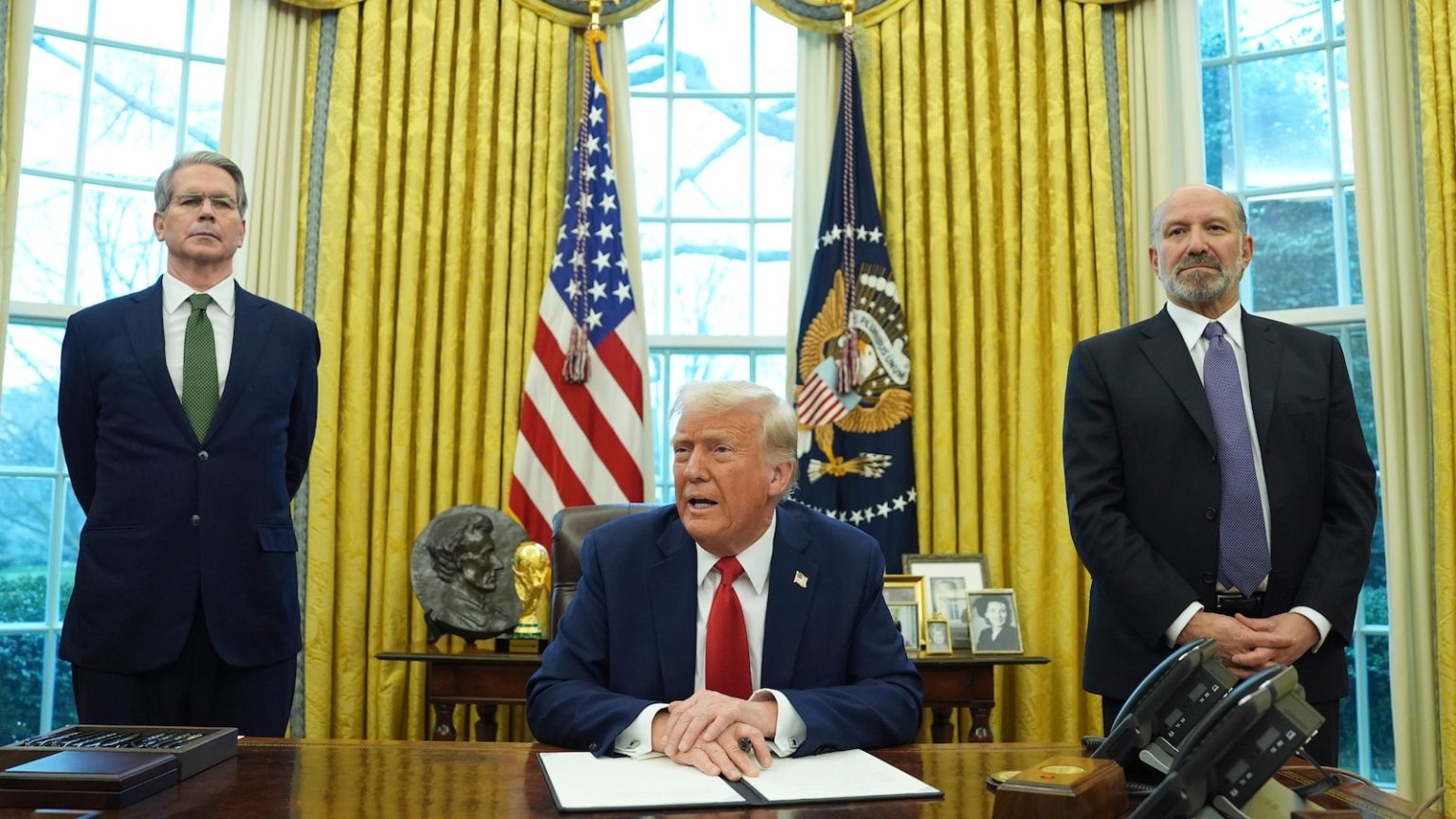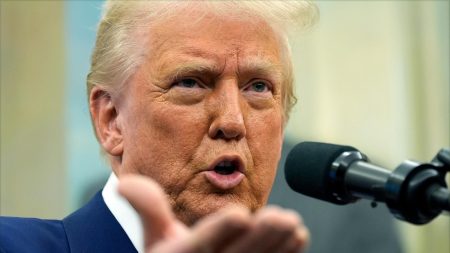The End of an Era: The Potential Demise of the Penny
Introduction: The Penny’s Uncertain Future
The humble penny, a staple in coin jars and car cupholders across America, may soon become a relic of the past. In a surprising move, President Donald Trump announced on Sunday that he has directed his administration to halt the production of the 1-cent coin. This decision has sparked widespread debate, with advocates on both sides presenting compelling arguments. While some cite the penny’s dwindling practicality and high production costs as reasons for its elimination, others argue for its continued relevance, particularly in charitable efforts and as a symbol of American tradition.
The Cost of Keeping the Penny
One of the primary arguments for discontinuing the penny is its high production cost. According to the U.S. Mint, it currently costs nearly 4 cents to produce a single penny. This financial burden, coupled with the coin’s limited utility in modern transactions, has led many to question its continued necessity. Proponents of eliminating the penny also point to the growing trend of digital payments, which further reduce the need for physical currency, especially for small amounts. On the other hand, supporters of the penny argue that its production costs are relatively low compared to other coins, such as the nickel, which costs almost 14 cents to mint. They also highlight the penny’s enduring role in charity drives and its sentimental value as a part of American heritage.
The Legal and Constitutional Perspective
The legality of Trump’s decision to cease penny production has been a subject of discussion among legal scholars. Laurence H. Tribe, a renowned constitutional law expert, has weighed in on the matter, stating that the move is entirely lawful and constitutional. According to U.S. code, the Treasury Secretary has the authority to determine the number of coins needed to meet the nation’s requirements. If Secretary Scott Bessent decides that the necessary amount of pennies is zero, he is well within his legal rights to halt production. This decision, unlike many of the administration’s other executive actions, has been largely unchallenged on constitutional grounds.
The Role of Congress and the Zinc Lobby
While the Treasury Secretary has the authority to halt penny production, Congress could still play a role in making this decision permanent through legislation. However, past attempts to eliminate the penny have been met with resistance, particularly from the American zinc lobby. Pennies are primarily made of zinc, and the industry has been a vocal opponent of any efforts to discontinue the coin. Despite this, the growing awareness of the penny’s limited practicality may eventually lead to its phased retirement. The experience of other countries, such as Canada, which phased out its penny over a decade ago, suggests that eliminating the lowest denomination coin can be a successful strategy to reduce costs and streamline transactions.
The Penny’s Circulation and Usage
The penny remains the most widely produced coin by the U.S. Mint, with over 3.2 billion pennies minted last year alone. However, their actual circulation and usage tell a different story. According to Jeff Gore, a professor at MIT and founder of Citizens to Retire the Penny, coins are designed to stay in circulation for about 30 years. Yet, pennies often fall out of active use much faster, ending up in jars, piggy banks, or forgotten drawers. Gore questions whether these dormant pennies can truly be considered “in circulation,” highlighting the inefficiency of continuing to produce a coin that is so frequently sidelined.
Lessons from Abroad and the Path Forward
The experiences of countries like Canada, Australia, and New Zealand, which have all eliminated their lowest-denomination coins, provide valuable insights into the potential impact of retiring the penny in the U.S. These nations have successfully transitioned to rounding prices to the nearest nickel for cash transactions, while electronic purchases continue to be billed to the nearest cent. Canada, for instance, has even begun recycling its unused pennies for their valuable metal content. Trump’s announcement, made as he left New Orleans after watching the first half of the Super Bowl, was short on details about the specifics of a post-penny future. However, the move signals a broader effort to cut government waste and streamline operations. As the debate over the penny’s fate continues, one thing is clear: the era of the penny may soon come to an end, marking a significant shift in how Americans think about money and value.















